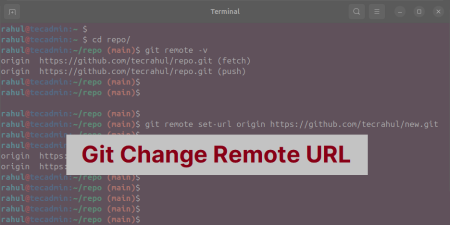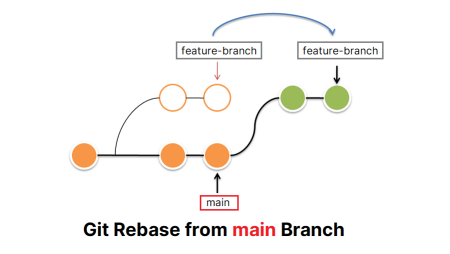In the world of software development, version control systems are a godsend. They allow us to track changes to our code, collaborate with others, and even revert to previous versions of our work if something goes wrong. One of the most popular version control systems is Git. Today, we will delve into a practical guide on how to clone Git repositories and add files.
1. Understanding Git
Before we dive into the practicalities, let’s clarify what Git is. Git is a distributed version control system. This means that every contributor has a complete local copy of the project history and changes, making it very robust and flexible.
2. Getting Started with Git
First of all, to use Git, you must have it installed on your computer. If you haven’t already done so, you can download and install Git from the official website.
Once installed, you can configure Git with your user name and email address. This is important because every Git commit uses this information:
git config --global user.name "Your Name"git config --global user.email "[email protected]"
3. Cloning a Git Repository
To work on a Git repository, you first need to clone it to your local machine. Cloning creates a local copy of the repository where you can make and test your changes without affecting the original project.
Here’s how to clone a repository:
- Navigate to the main page of the repository on the website hosting it (like GitHub, GitLab, etc.).
- Click the “Clone or download” button, and then click the clipboard to copy the URL.
- Open a terminal or command prompt.
- Change the current working directory to the location where you want the cloned directory.
- Type git clone, and then paste the URL you copied earlier. It will look like this:
git clone https://github.com/username/repository.gitAfter pressing Enter, your local clone will be created.
4. Adding New Files to the Repository
Once you have cloned the repository, you can add new files or modify existing ones. After making changes or adding new files, you’ll want to commit these changes. Here are the steps:
- First, navigate to the repository directory on your computer. If it’s a new file, create it using your preferred text editor.
cd path_to_your_repository - Use the git add command to add new files to the Git repository. You can add specific files by using the filename:
git add filenameOr you can add all new files and changes with a period:
git add . - After adding the files, you’ll commit the changes to your local repository. The commit message should be a brief summary of the changes:
git commit -m "Your descriptive commit message" - Finally, to upload your changes to the remote repository, use the git push command:
git push origin mainNote: replace “main” with the branch name if you’re working on a different branch.
And that’s it! You’ve successfully cloned a Git repository and added a new file.
Wrapping Up
Git is a powerful tool for managing code, and understanding how to clone repositories and add files is just the beginning. There’s much more to Git, including branching, merging, resolving conflicts, and more. However, mastering these basics will get you a long way in your coding journey. Keep exploring and happy coding!



